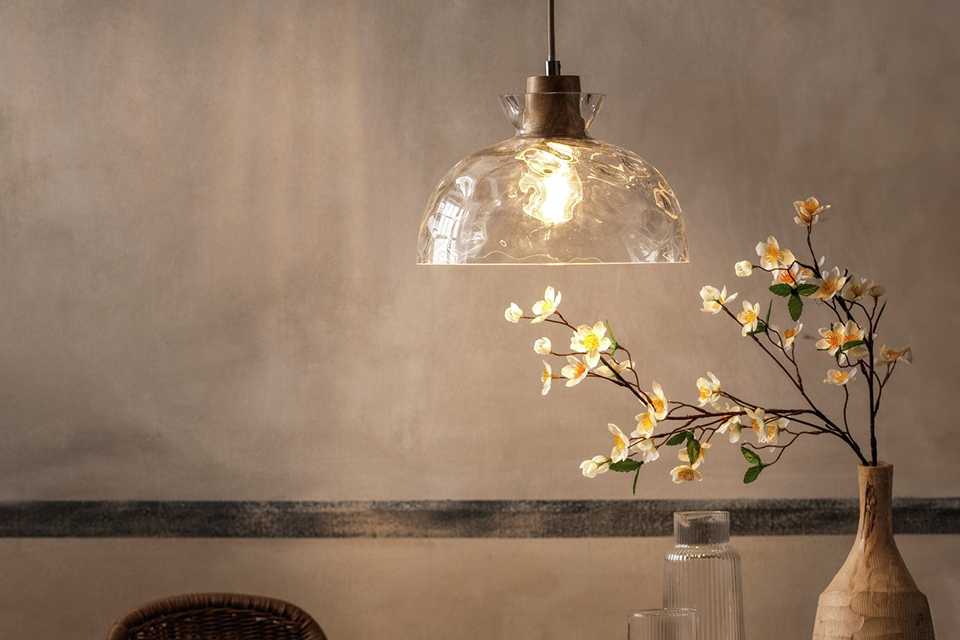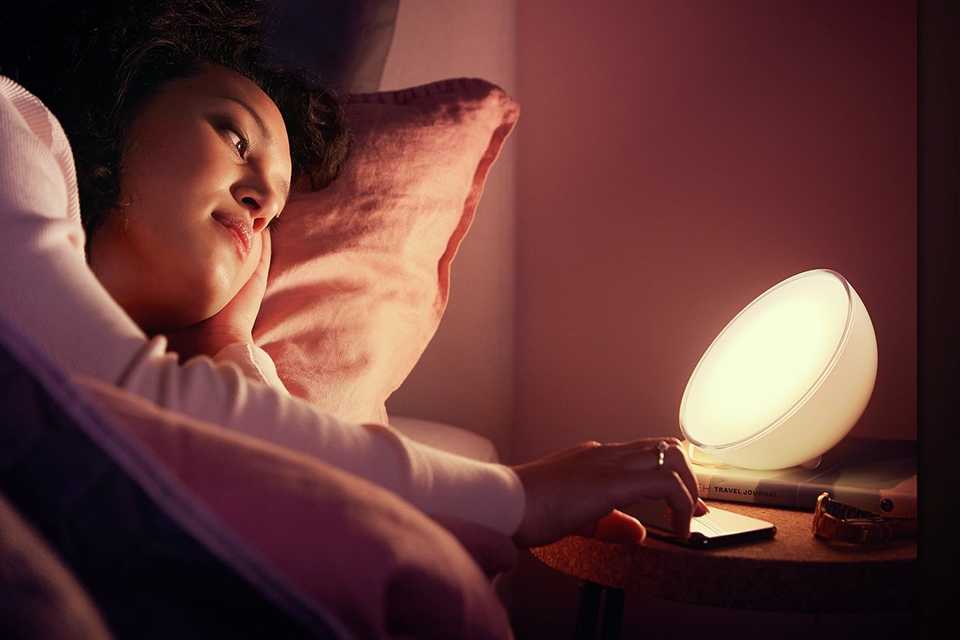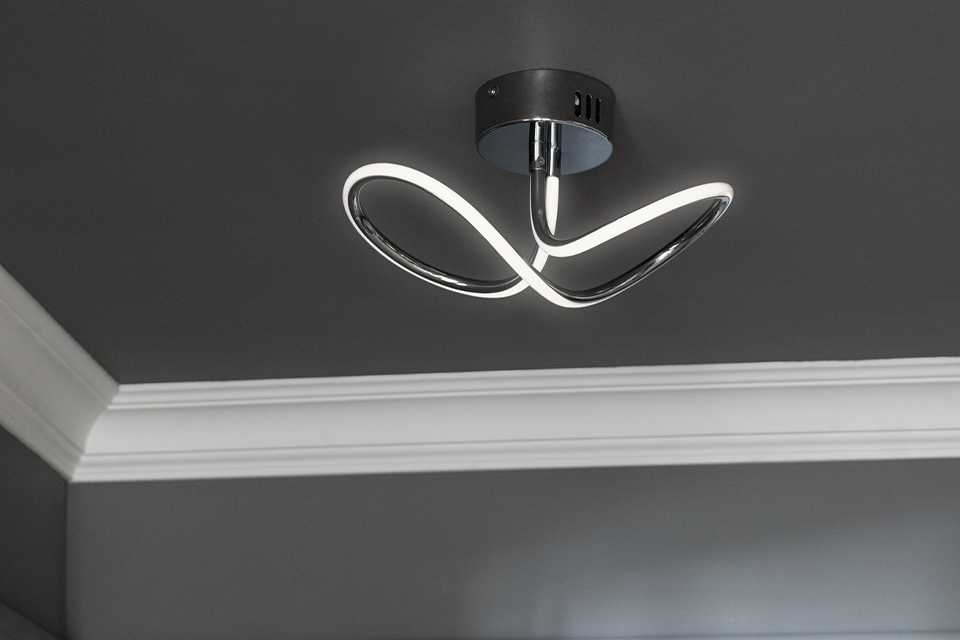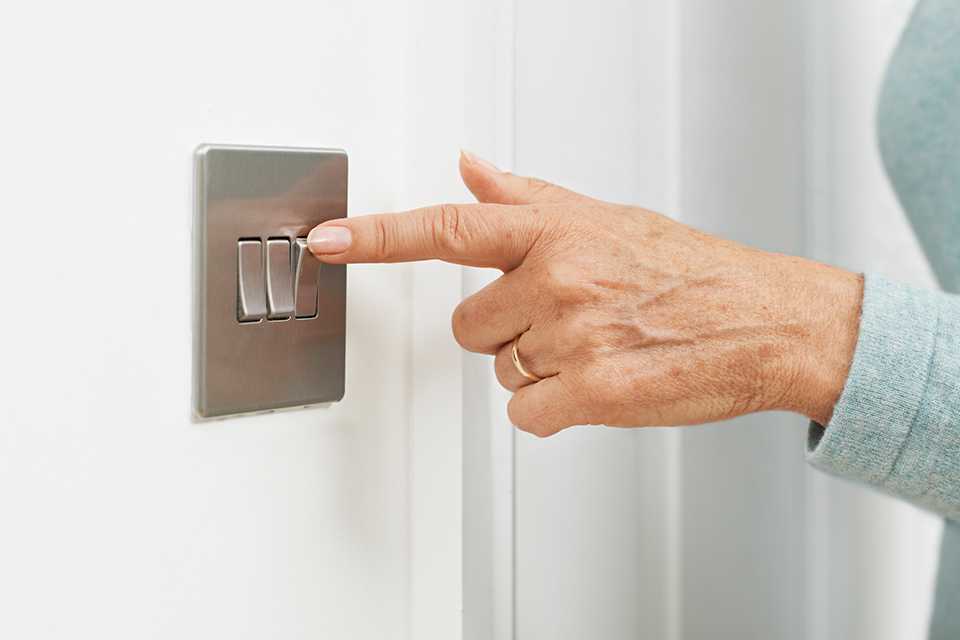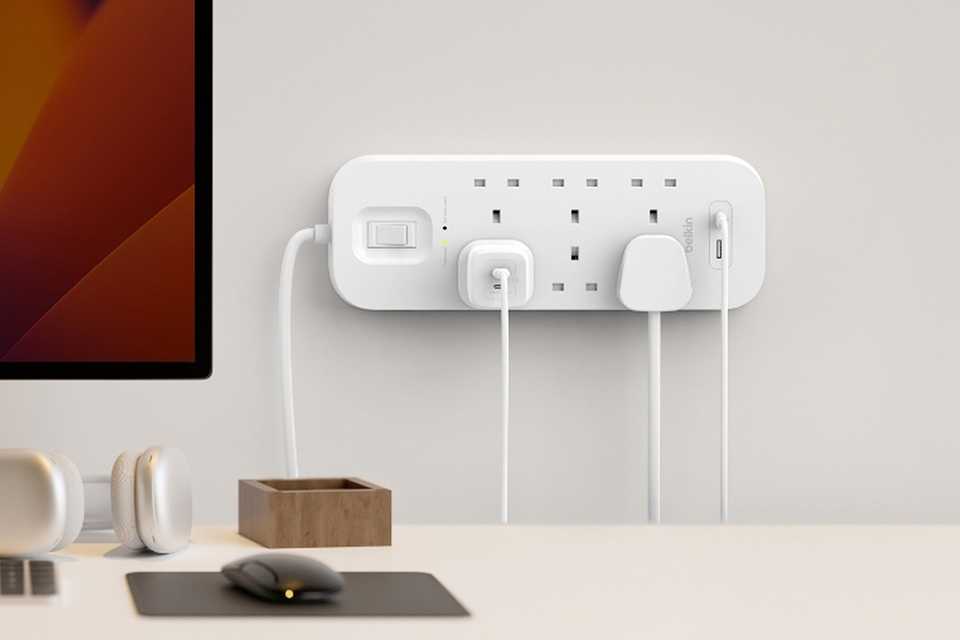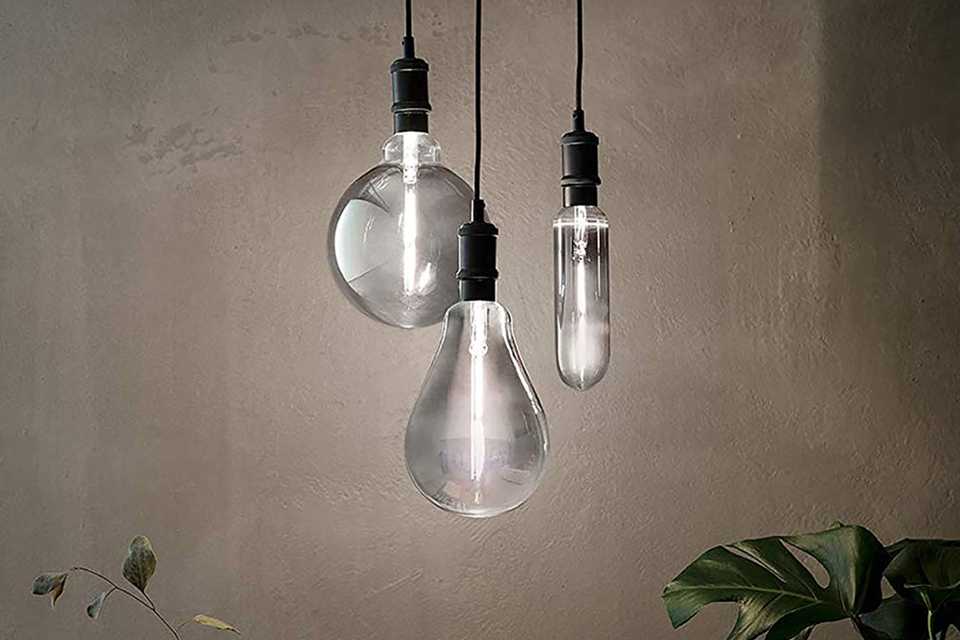Lighting buying guide
From floor lamps to pendant lights - we've got the low down on all things lighting.
Shop all lightingOur range of lamps, lights and shades are sure to light up your life. Discover the latest trends, types of lighting we offer, and which are best for each room. And if you're struggling with the jargon or in need of inspiration, we've got plenty of helpful hints and styling tips too.
New in
Light up your home
Make your house a home with our bright lighting ideas and the latest lighting trends. We're here to shed some light on how to refresh your home with our latest lighting arrivals.
Types of lighting
Lighting by room
Living room lights
You use your living room for a mix of activities like socialising and relaxing, so it requires a combo of lighting.
Bedroom lights
From nighttime reading to dimly-lit closets, your bedroom needs a couple of lighting options to cater to these tasks.
Kids' room lighting
This lighting should be customisable. Bright and functional for playing, with the ability to soften on an evening.
Kitchen lights
You'll need a good level of light for food prep and cooking. From ceiling to spotlights, be strategic with your light positioning.
Bathroom lights
Our bathroom lights have additional protection from water and moisture, they can be used for IP zone 2 and outside zones. If you love our bathroom lighting styles, you can use them elsewhere in your home.
Dining room lights
As much as restaurants really like to dim the lights low for some mega mood lighting, in your dining room, there needs to be enough light for you to see your guests' faces as well as your food.
Hallway, landing and staircase lighting
Landings can often be dark, so the lighting here needs to be bright enough for putting on shoes, as well as welcoming guests.
Outdoor lights
Outdoor lighting is useful to highlight pathways, create serene settings and as a form of security.
Shop by brand
Ambient, task and accent lighting explained
Ambient lighting
Think table and floor lamps, chandeliers and pendants. More commonly known as mood lighting, a soft glow will spread across the room providing enough light to chill and chat without a harsh glare.
Task lighting
What it says on the tin. Great for prepping dinner, helping the kids with their homework or anything else that requires extra lighting. Desk lamps and under cabinet lighting are examples.
Accent lighting
Show off a prized painting or highlight a garden feature. The idea is to draw attention to a focal point and enhance details. Wall sconces, recessed lights and spotlights will do the trick.
Energy efficient lighting
Smart lighting
Smart lighting comes in a range of shapes, sizes and colour tones to create a calming ambience, and can be dimmed depending on your mood. Schedule them to turn on and off and control them from your phone when out and about for added security and energy efficiency.
LED lighting
LED stands for ‘light-emitting diode’. Basically, it’s a technology which means that LED bulbs use up to 80% less energy than incandescent and halogen bulbs. Their lifespan is approx. 10,000 – 25,000 hours but some can last up to 50,000 hours. That means they last twice as long as fluorescent bulbs, and more than 10 times longer than incandescent.
Rechargeable lighting
Fab meets functional. Being cordless, rechargeable lights are fuss-free and ideal for aesthetics. They come with an easy on/off switch or tap-to-turn-on option. Plus, the long battery life makes them perfect to light up a nook without access to a connection.
Fancy something different?
Novelty lights
These lights add personality and retro feels to your retreat. From lava lamps to neon gaming lights and even themed night lights for kids - there's plenty of options to perk up your space.
Accessories
Switches and dimmers
They turn the light on, and off, and come in a variety of finishes. Dimmers control the brightness, either by touch, a switch, or through a smart phone.
Lamp shades
Add atmospheric lighting to any room with our range or lampshades. A new lamp shade is simple way to bring a sophisticated finish to any room.
Extension leads
Plug multiple lights or wired gadgets safely into one socket with extension leads. It'll also protect the electrical items from surges and spikes.
Light bulbs
Choose between halogen and LED lights. Just make sure the fitting matches your lamp by checking the product description.
Jargon buster
We don't expect anyone to be a bright spark when it comes to lighting. So we thought we'd shed some light on what some of the terms you'd expect to come across actually mean. You're welcome.
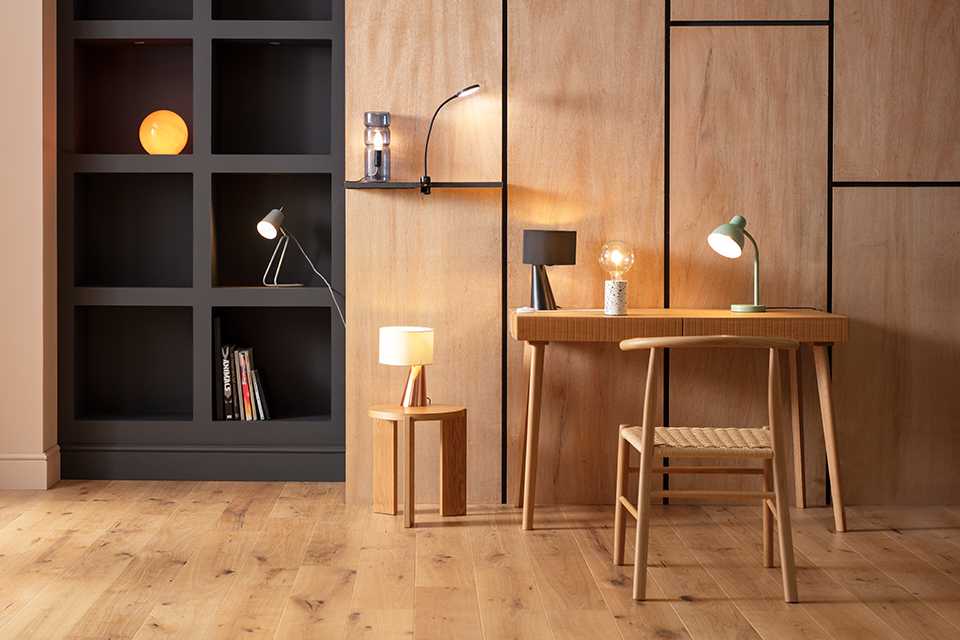
- CFL or, 'compact fluorescent light bulbs' are energy-saving and designed to replace incandescent bulbs.
- Lumens measure light. Basically, the more lumens, the brighter the light.
- Kelvin is the bulb's colour temp. The lower the kelvin the warmer the light, and vice versa.
- LED or, 'light-emitting diode'. Up to 80% more efficient than incandescent bulbs and lasts up to 6 times longer!
- Colour rendering index (CRI) is measured on a scale of 0-100 and indicates how well a light reflects colour. The higher the CRI, the more accurately colours are reproduced. 80% or higher is ideal for home everyday use.
- Wattage tells you how much power a bulb uses. More watts mean more power – not more brightness – for that you need to look at the lumens.
More lighting inspiration
Kitchen lighting ideas
Light up your kitchen for cooking and entertaining.

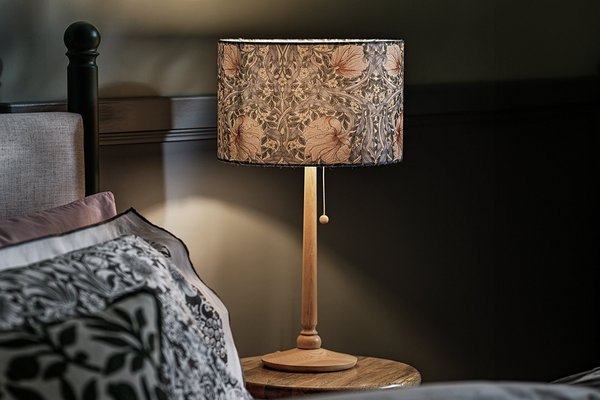&poi={$this.metadata.pointOfInterest.x},{$this.metadata.pointOfInterest.y},{$this.metadata.pointOfInterest.w},{$this.metadata.pointOfInterest.h}&scaleFit={($this.metadata.pointOfInterest.x>0)?$sfpoi:$sfcenter}&sm=aspect&aspect=3:2&sfcenter=center&sfpoi=poi&qlt=50&fmt=auto&noiser=0&fmt.jpeg.interlaced=true&fmt.jp2.qlt=40&)












